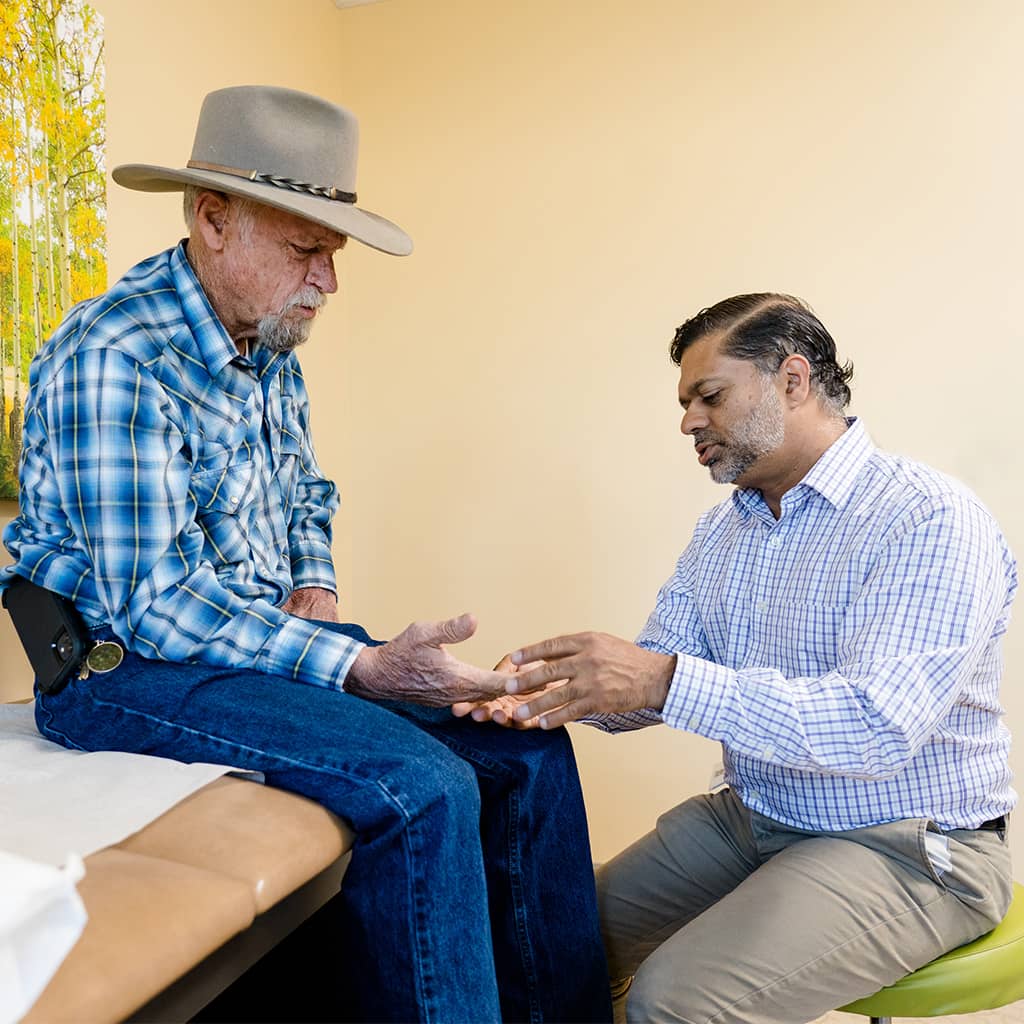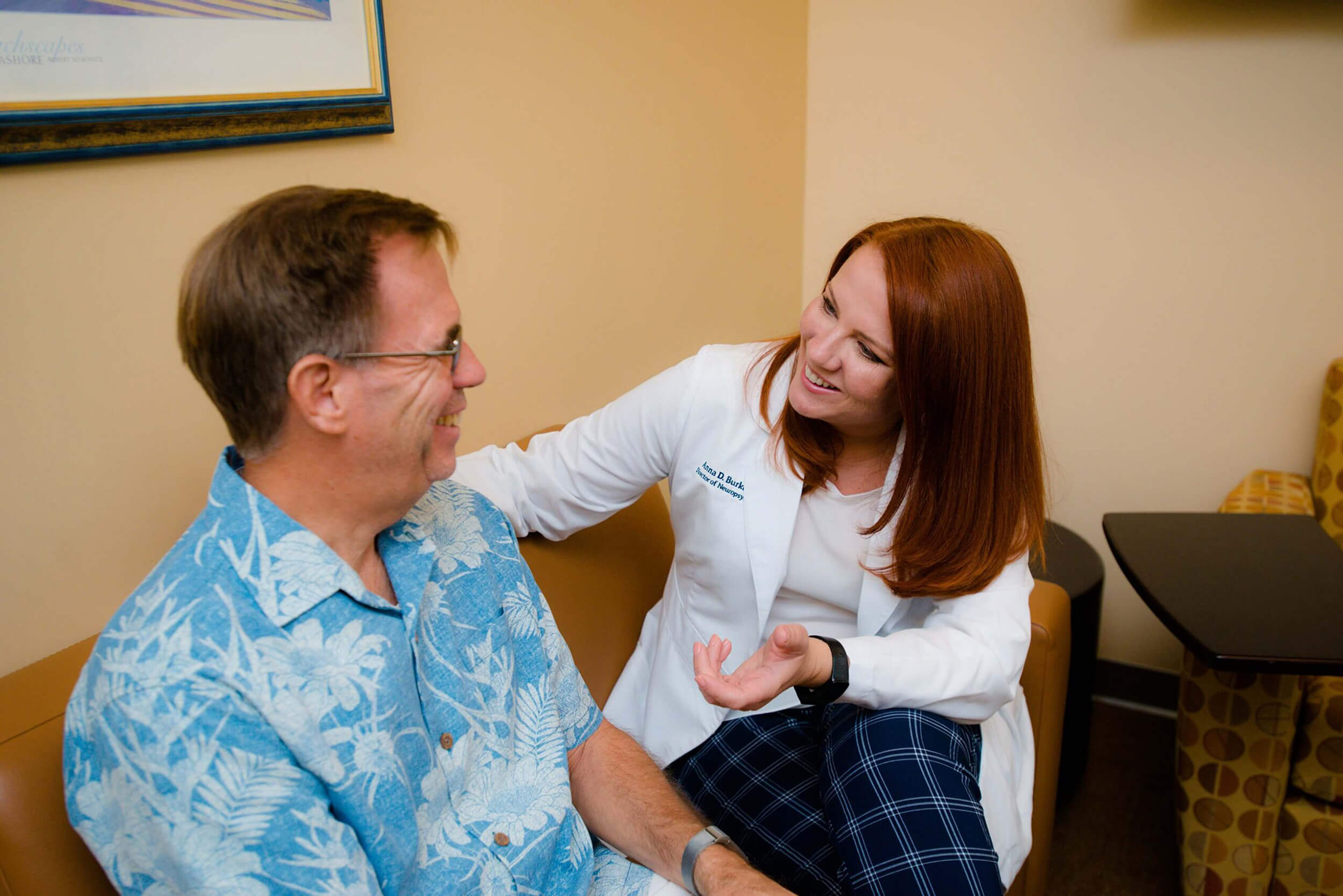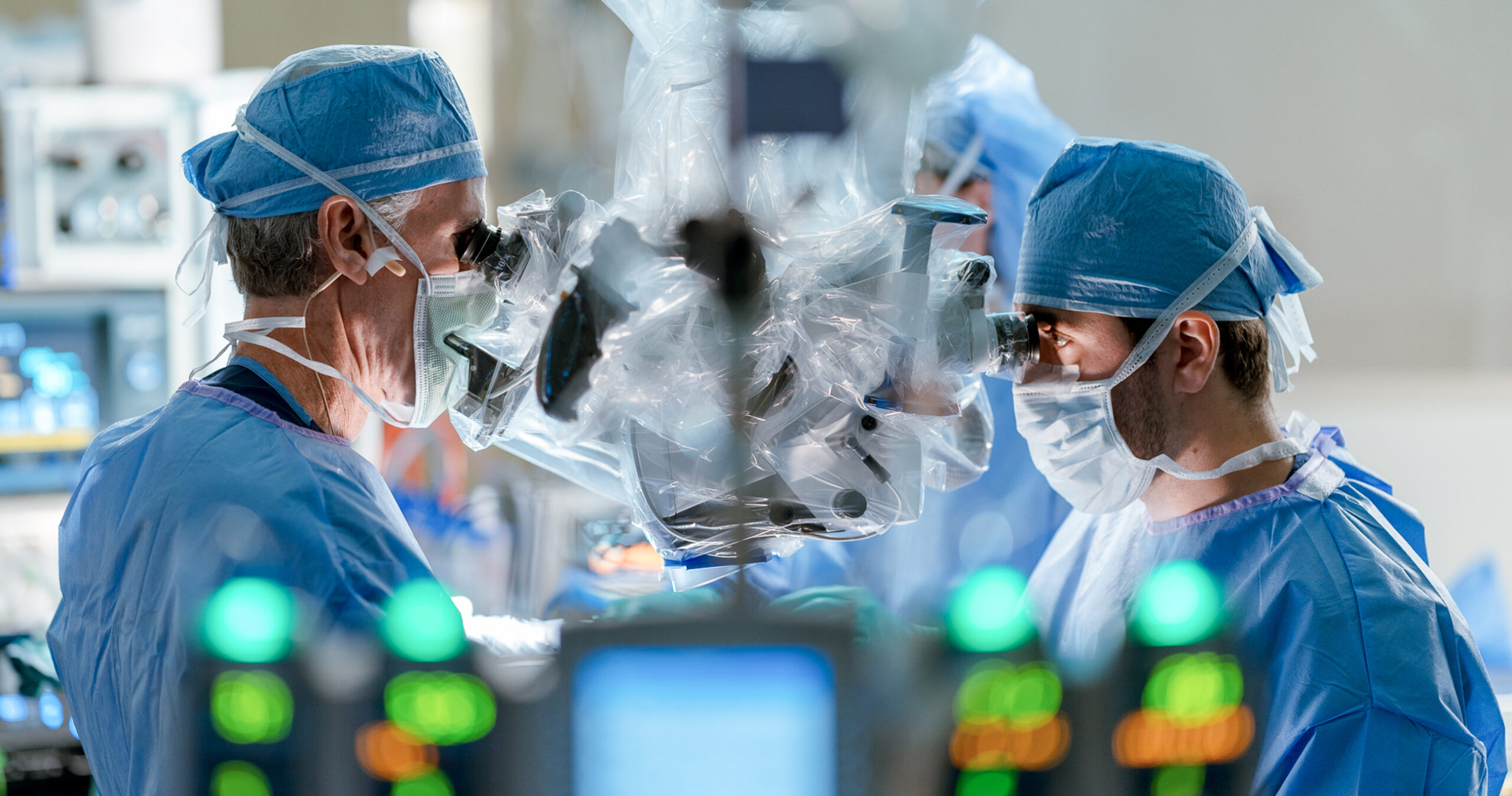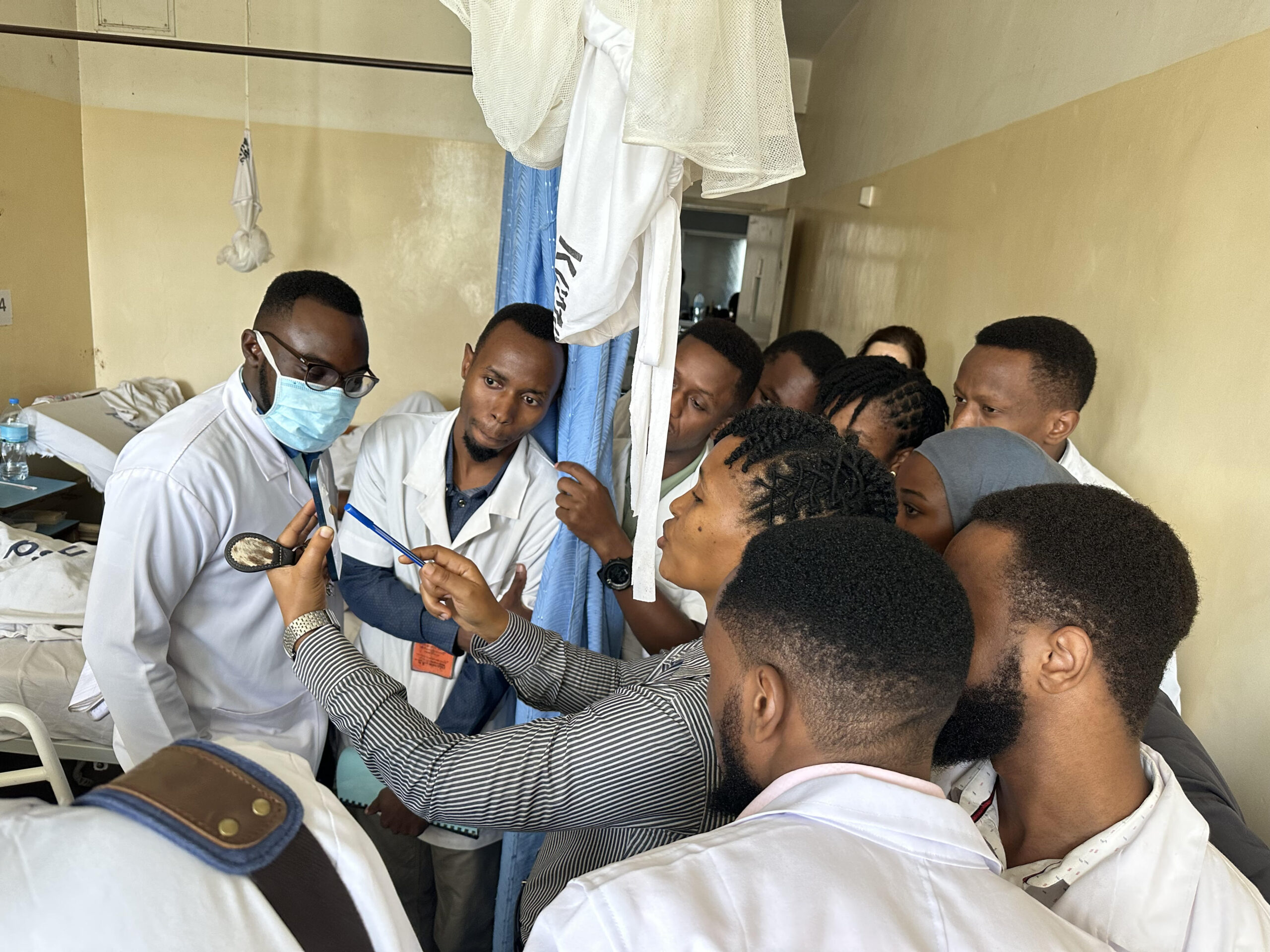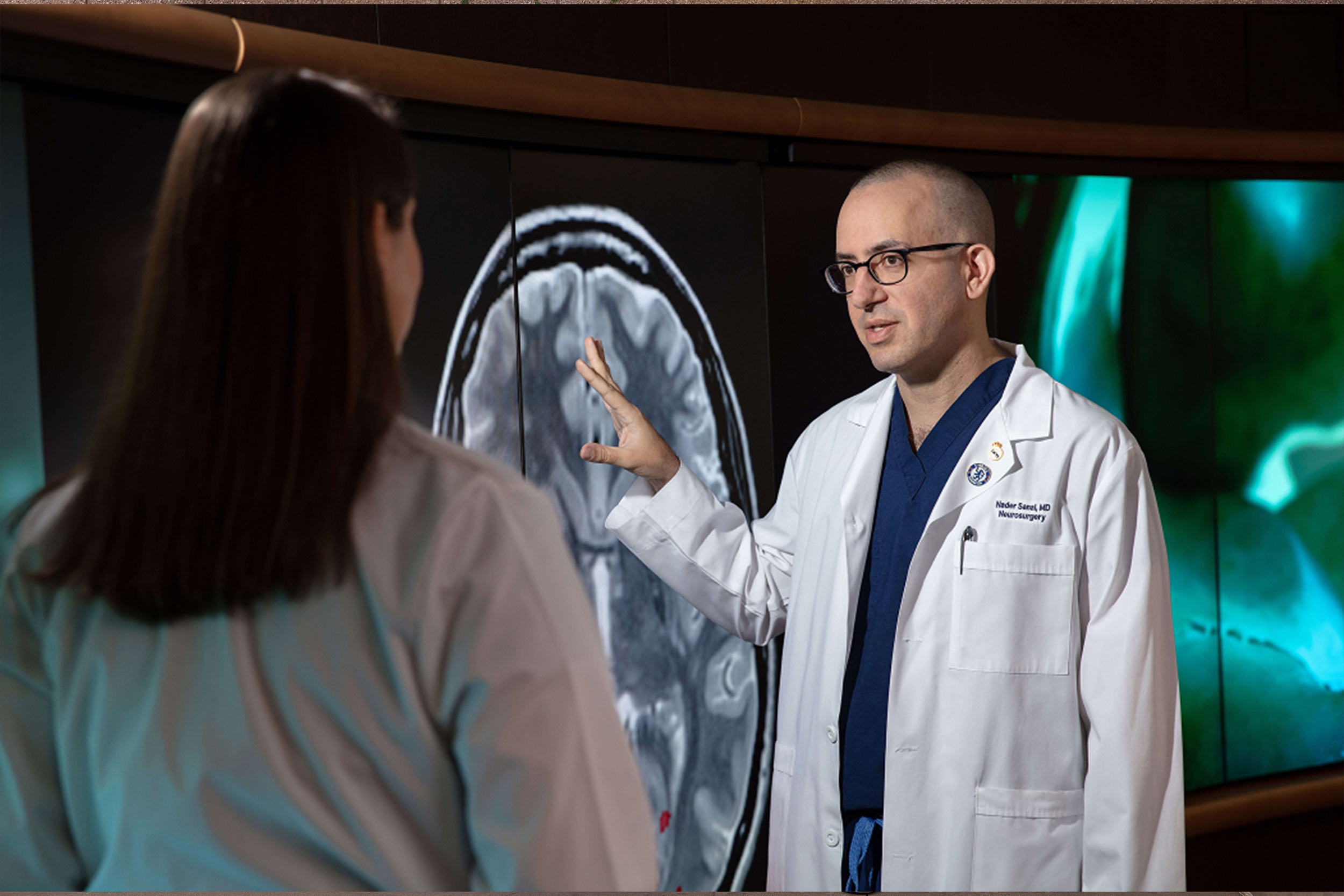Thurston Innovation Center
Support medical innovation and device development at Barrow.
Donate to Critical Medical Innovation
Recognizing the critical importance of innovation, Barrow neurosurgery residents established a training program that would provide all the necessary equipment, personnel, and resources to transform novel ideas into functional devices. Today, the Thurston Innovation Center is a leader in training future neurosurgical innovators while providing vital device-development services to departments throughout Barrow.
Since its inception in 2015, the Thurston Innovation Center has filed more than 120 provisional patents, described 10 surgical procedures, and published more than 30 articles.
Support Future Medical Inventors
The Thurston Innovation Center is educating the next generation of inventors by eliminating barriers to the development of disruptive, new healthcare technologies. During this process, these young professionals learn the ins and outs of medical device development, so that they are poised to begin their professional careers as effective innovators. For example, the Innovation Center collaborated with biomedical engineering graduate students from Arizona State University to co-develop projects with Barrow neurosurgery residents. It also hosted two college students as part of Barrow’s Summer Undergraduate Internship Program, enabling them to gain hands-on experience in device development.
Innovative Resident Training Program
The Thurston Innovation Center is educating the next generation of inventors by eliminating barriers to the development of disruptive, new health care technologies. The potential for groundbreaking technologies is enormous, and it is a natural place for Barrow to lead.
Your Donations Fuel Groundbreaking Medical Innovation
Neurostimulator Device
Shunt Flow Detector
Neurosurgical Cranial Models
Neurosurgical Anatomy Kits
Discover More Programs
At Barrow Neurological Foundation, your donation is crucial in supporting three key areas: advanced patient care, curative research, and education for the next generation of neuroscientists. Learn more about how your donation impacts each of the areas we treat.
Support groundbreaking research and clinical trials to give ALS patients a better quality of life.
Help Barrow achieve its mission of transforming Alzheimer’s from a devastating diagnosis to a manageable, chronic condition.
Support Barrow scientists in developing lifesaving treatments for aneurysm and AVM patients.
Help Barrow provide patients from all walks of life with exceptional concussion and TBI research, treatment and care
Help us improve access to neurological care in the developing world through world-class education and training.
Support the Ivy Brain Tumor Center’s mission to find a cure for brain cancer.

